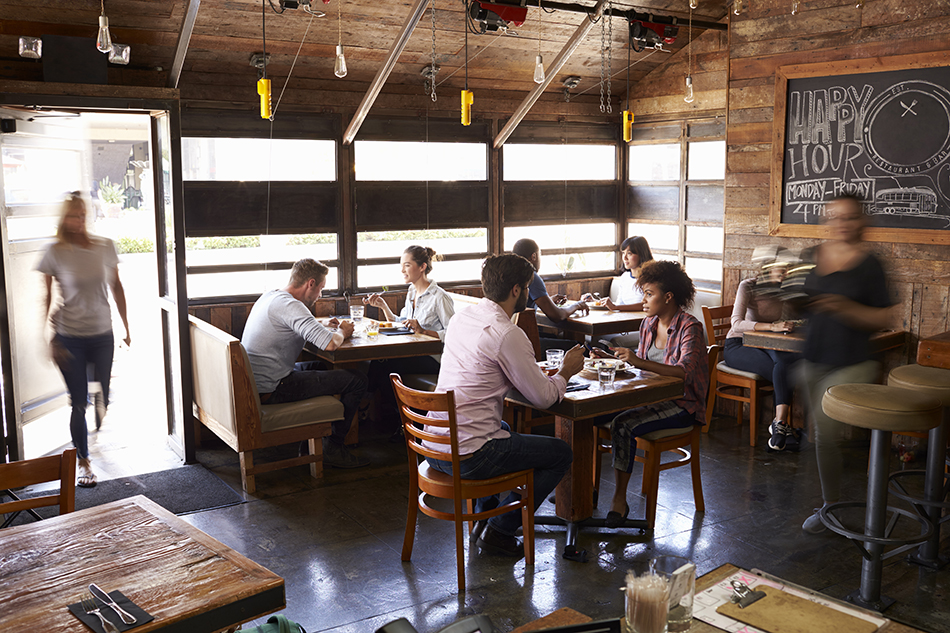
It is safe to summarize the benefits of community kitchens as an incubator for both the individual food entrepreneur and local economic development. A low risk space filled with the latest cooking tools and technologies can spearhead burgeoning direct-to-consumer or retail food brands.
Additionally, these locations can be the support a new concept needs to become their own full-fledged restaurant.
Food Trucks
Single product creators often rent shared production space by the hour to make batches of goods that are crafted and packaged to regulation standards. Similarly, incubators can assist those that lack room to fulfill large or continuous orders or may want higher efficiency prep and production time.
Mobile food truck operations have been surging in popularity and it’s no surprise that they, and commercial kitchens, go hand in hand.
Public Market Events
More than just a location for volume prep or production, community kitchens are beginning to have their own branded presence within their neighborhoods. These culinary spaces host open houses or planned events where local restaurants and small foodservice operators can demonstrate their specialty processes, invite new people to try their foods and reach out to develop and grow their customer base.
Events like these can also include a vendor showcase from local craftspeople, artisans and businesses that may or may not be food related.
For mobile eateries following this path, these incubators and events may act as a steppingstone toward opening their own brick and mortar location. After all, there is less risk in establishing your own space when you already have demand and interest from the public.
For existing restaurants that already have a successful business, community kitchens can still be helpful in a different way, by aiding with, or making possible, delivery services.
The Ghost Kitchen Concept
Ride sharing has given rise to the demand for food transportation options, which among other things, have made it possible for non-delivery restaurants to have their brand reach new customers with minimal investment.
The major obstacle in the growth of delivery is time. Customers are less likely to order if the estimated wait exceeds 40 minutes, and most apps have filters which will remove visibility of establishments with long delay.
Forming a relationship with a community kitchen can help existing businesses to set up their own Ghost Kitchen, a separate extension of their establishment dedicated solely to the preparation of delivery orders. These can be a place where only certain options listed on the ordering applications are made, thus cutting down on the wait across cook and transport time.
This strategy can also separate the delivery fulfillment from the dine-in locations, so staff aren’t pressured to produce double the orders, making the customer experience unique and focused. Another advantage to the Ghost Kitchen model is the allocation of an area that provides the opportunity to test new ideas and meal preparation methods, all without a monetary investment in new types of equipment.
Interested in learning more about community kitchens?
Everything You Need to Know to Start a Community Kitchen
Incubator Kitchens, the Food Movement & Entrepreneurial Success
Community Kitchens Accelerate Small Businesses